Transforming industries digitally with exceptional immersion solutions prepared by combining smart and connected features of computer simulated realities.
Augmented Reality (AR) is a vital part of Industry 4.0, enhancing real-world environments with digital information. In practical terms, AR provides workers with real-time data and visual instructions right where they need it, whether they’re assembling products or performing maintenance. This technology bridges the gap between the physical and digital worlds, making operations smarter, more accurate.
Virtual Reality (VR) is transforming Industry 4.0 by immersing users in fully digital environments. This technology offers a hands-on approach to training, design, and testing, allowing workers to practice and innovate in a virtual space without real-world limitations. VR enhances skill development, improves precision in design, and simplifies complex tasks, making industrial operations more innovative and efficient.
Mixed Reality (MR) seamlessly blends the physical and digital worlds, a cornerstone of Industry 4.0. This cutting-edge technology allows users to interact with both real and virtual elements simultaneously. By overlaying digital information onto the physical environment, MR enables intuitive control and real-time collaboration, enhancing productivity and innovation across industrial processes.
Yeppar’s digital transformation suite harnesses the power of Augmented Reality (AR), Virtual Reality (VR), and Mixed Reality (MR) to lead your
transition to smart manufacturing.
Our innovative solutions work seamlessly with your existing systems, ensuring a smooth transition to Industry 4.0.
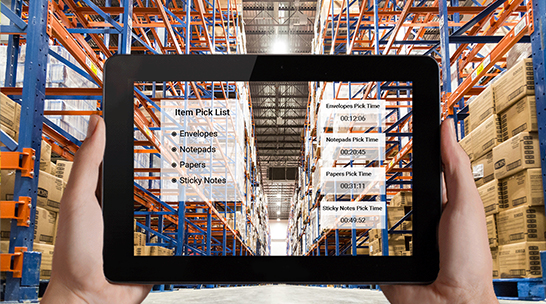
Computer simulated realities can help industries to improve their management practices. Managing resources like tools and labor become easier through different immersion technologies. Augmented Reality assists an industry to manage its inventory in an effective manner. Through a smartphone, a worker will be able to locate a part required in a large warehouse. AR will also navigate them to take the shortest path to reach or transport a component or tool on a different portion of the industry. This will also improve the efficiency of the workers and assist them in follow complex procedures easily.
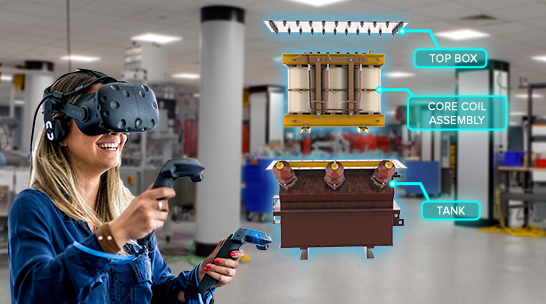
Working in an assembly line or in a workshop always has risk associated with it for the worker. This risk is increased even further if the worker is a recruit and don’t have much experience with machines and tools. Virtual reality will help a worker to practice in a virtual environment by interacting with its nearby tools and machines. He will be able to grasp all the operations of the plant in the virtual world and learn the proper way of performing a task. This will also reduce the cost associated with real-life training and eliminate the risk regarding machine failure.
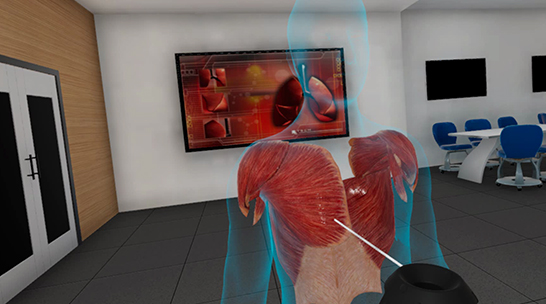
Virtual Reality also encourages designing in a simulated environment. By wearing a head-mounted display a user can recreate a manufacturing line in the virtual world, and locate potential hazard points even before the component is developed in real life. Designing parts in a virtual environment will also reduce the cost associated with building a prototype or model of the component, and allow the user to eliminate errors in the design itself.
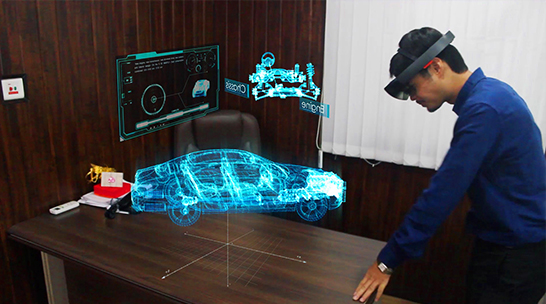
Inspecting and maintaining the quality of an assembly/manufacturing has become quite easier through augmented and virtual reality solutions. An inspection specialist with a mixed reality headset like HoloLens can visit its facility and safely inspect and conduct routine maintenance of equipment by following the instructions visible on the screen. This will also allow the quality inspector to conduct frequent inspections easily, at a low cost. A virtual walkthrough of the workshop can be performed more frequently by an expert.
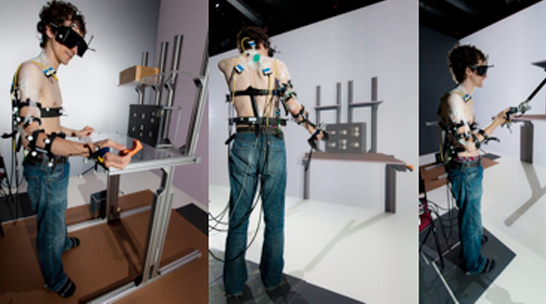
Ergonomics is the efficiency of a person in its working surrounding. Developing a worker-friendly environment for the worker is really essential for the company as it increases the productivity of the workers. By modeling machines in the virtual world, and allowing workers and developers to collaborate and interact with the environment, will ensure the development of a comfortable and safe to use surrounding for the workers. With virtual reality, changes made in the plans can be easily reflected in the simulation, which will allow the worker to test the device and give feedback immediately after testing it. This will also let developers incorporate those feedbacks instantaneously and test the new design again. This will eliminate the need for building prototypes, again and again, making ergonomics more economical and cost-effective.
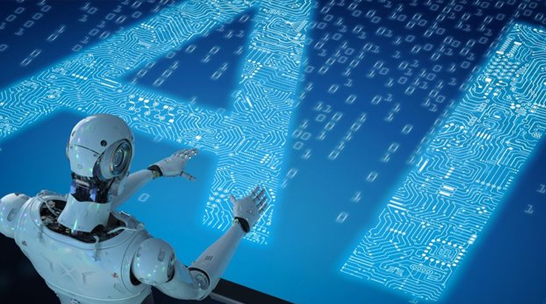
AI describes the thinking and learning ability of a computer system or machine. AI allows a machine to learn from the existing data and enables it to predict the future outcomes that are mostly correct. Artificial intelligence and Machine Learning in industries will enable the company to forecast the future decisions of the organization and strategically plan for upcoming production or manufacturing in the industry. Industrial AI brings the benefits of customer value creation, improvement in productivity, and insight development in a production organization.
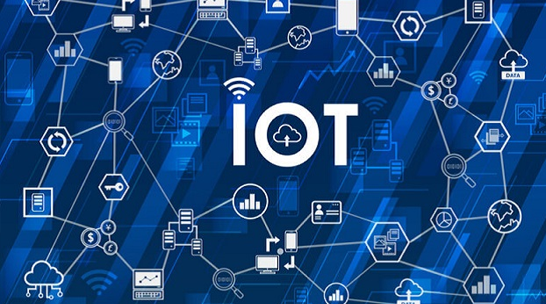
Internet of Things is the connectivity of different machine with a shared network. It enables the machine to share data over a widespread network and operate automatically with minimum human interference. It is the extension of internet connectivity that indulges physical devices in its network. IoT allows the machines and hardware equipment of the industry to interact with each other on a shared network. These connected machines can be operated from a remote distance and work collectively which further increases the productivity and efficiency of the company.
Through the help of cutting-edge immersion solutions and our expertise in digital brilliance, we are indulged in assisting manufacturing & production firms and bring a revolution to form a new batch of 4.0 industries.
The mixture of digital and virtual technologies with conventional manufacturing practices enables a company to increase its production rate at a cost-effective price. They also reduced the wastage of raw materials and boosts the efficiency of the industry.
It creates highly personalized experiences and help in developing a new range of products and services. Construct a robust working model and prepare better strategies to revolutionize the working methodologies and improve plant efficiency.
Through augmented, virtual, and mixed reality solutions digitize your industry. Our services help manufacturers with different industrial practices like training, automation, ergonomics, management, designing, and maintenance.
We acknowledge your interest in Yeppar. Thank you for going through our service. Contact our experts now for your project requirements.